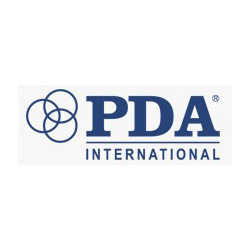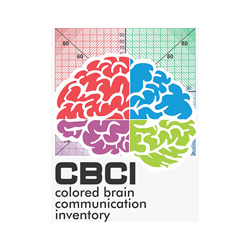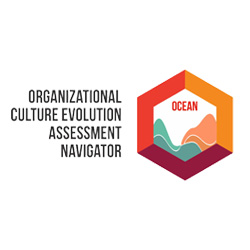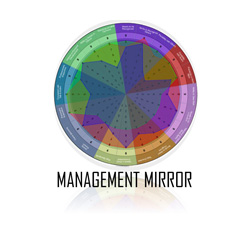There are thousands of psychometric tests and tools claiming to divulge an unknown character or hidden ability. Unfortunately, many of these tests have no scientific foundations.
Psychometric tools and tests need to be tested for their suitability as a measuring instrument before application in a business or behavioural context. Validity is determined by the degree to which evidence and theory support the interpretations of test scores. The AIOBP uses observational and statistical studies within its own controlled focus groups to measure the impact and accuracy of a test or tool as well as performance and inter-relational outcomes across multiple organizational climates and in which the AIOBP has already a defined control base. These control groups have been pre qualified on multiple psychometric characteristics and provide an accurate benchmark for which to measure specific tools or tests against. The AIOBP allows a 9% variance for validity qualification.
WHY PSYCHOMETRIC TEST VALIDATION IS IMPORTANT?
The goal is to provide HR professionals and corporate users with the sense of security needed to make sound decisions on the use of assessment tests in their organization. If a psychometric test or tool is validated by the AIOBP, you can rest assured that it will provide value to your organization.
CLINICAL TESTING
As the focus of the AIOBP is Business psychology, we do not validate psychometric tests or tools for medical or clinical testing.
Memberships available to organizations providing
Validated Psychometric Testing
Psychometric Test Validation Eligibility
Organizations or enterprises that use or develop a psychometric test which meets the following criteria should apply.
To be eligible for Psychometric Test validation by the AIOBP, the instrument must meet the following requirements:
- It has an identified a specific component or set of components which can be identified through the prescribed testing process
- The prescribed psychometric test has defined specific outcomes and parameters to apply to a real world benefit.
- It has clearly outlined guides that are in correspondence to a prescribed and reproducible format of delivery.
- A predominant portion of the psychometric test is unique and has clear definitions of how to interpret results and the application of said results.
- If the test uses an existing system, platform or methodology, the application must be unique.
- It can demonstrate a reasonable consistency in results.








